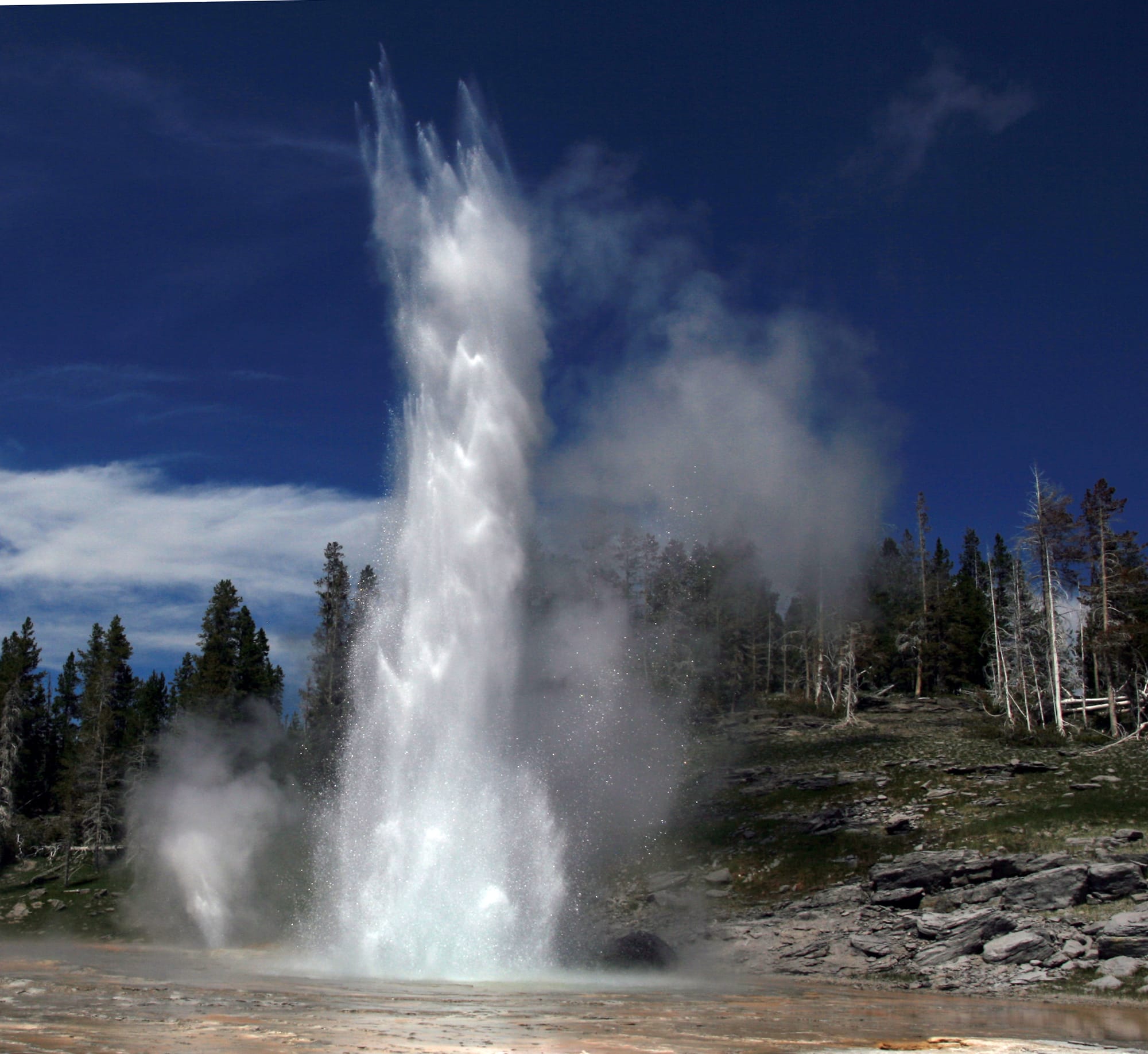Yellowstone Supervolcano: Recent Scientific Findings on Eruption Potential
Yellowstone National Park, renowned for its geysers, hot springs, and stunning landscapes, sits atop a supervolcano. The potential for a catastrophic eruption has long captivated the public’s imagination, fueling both fascination and apprehension. Recent scientific advancements have provided researchers with new tools and data, leading to a refined understanding of the volcano’s activity and the probability of a future eruption.
Understanding the Yellowstone Magma Chamber
The Yellowstone supervolcano’s magma chamber, a vast reservoir of molten rock beneath the Earth’s surface, is a key area of focus for scientists. Geophysical techniques, such as seismic imaging and gravity measurements, have significantly improved the resolution of subsurface images, offering a clearer picture of the chamber’s size, shape, and composition. This detailed mapping allows researchers to better understand the movement of magma and the pressure buildup within the chamber, crucial factors in predicting volcanic eruptions.
Advanced Monitoring Techniques
The ongoing monitoring of Yellowstone’s volcanic activity relies on a sophisticated network of instruments. Seismometers constantly record ground vibrations, providing valuable data on seismic activity. GPS stations meticulously track ground deformation, indicating changes in the shape of the Earth’s surface caused by magma movement. Gas emissions from geothermal features are also carefully monitored, offering insights into the processes occurring deep within the volcano. This comprehensive data collection enables scientists to detect subtle changes in the system, providing early warning signs of potential unrest.
Geological Analysis and Eruption History
Detailed geological studies of past eruptions provide critical context for assessing future risks. Researchers analyze volcanic deposits, such as ash layers and lava flows, to reconstruct the history of Yellowstone’s volcanic activity. This analysis reveals the frequency, magnitude, and style of past eruptions, helping to establish eruption patterns and probabilities. By understanding the past, scientists can better predict the potential behavior of the volcano in the future.
Interpreting the Data and Assessing Risk
The combination of geophysical monitoring, geological analysis, and advanced modeling techniques allows scientists to interpret the data and assess the risk of a future supervolcanic eruption. While the possibility remains, the current data suggests that the probability of a large-scale eruption in the near future is relatively low. However, ongoing monitoring remains crucial, as volcanic systems are inherently complex and unpredictable.
The Importance of Continued Research
Research into the Yellowstone supervolcano continues to evolve. Scientists are constantly refining their models, incorporating new data, and developing more sophisticated techniques to improve their understanding of this complex system. This ongoing research is essential for accurately assessing the risks associated with future volcanic activity and for informing preparedness strategies.
Public Perception and Communication
The potential for a Yellowstone supervolcano eruption has captured significant public attention. It’s essential for scientists to communicate their findings accurately and transparently, ensuring the public understands the current state of scientific knowledge and the associated uncertainties. Clear communication can help mitigate misinformation and promote informed decision-making.
Conclusion
While the possibility of a future supervolcanic eruption at Yellowstone remains, recent scientific findings offer a more nuanced understanding of the risks involved. Advanced monitoring techniques, geological analysis, and sophisticated modeling provide a more accurate assessment of the volcano’s behavior. Continued research and transparent communication are essential for maintaining public safety and informing preparedness strategies. The ongoing monitoring of Yellowstone’s volcanic activity is a testament to the scientific community’s dedication to understanding and mitigating the potential hazards associated with this remarkable natural wonder.


